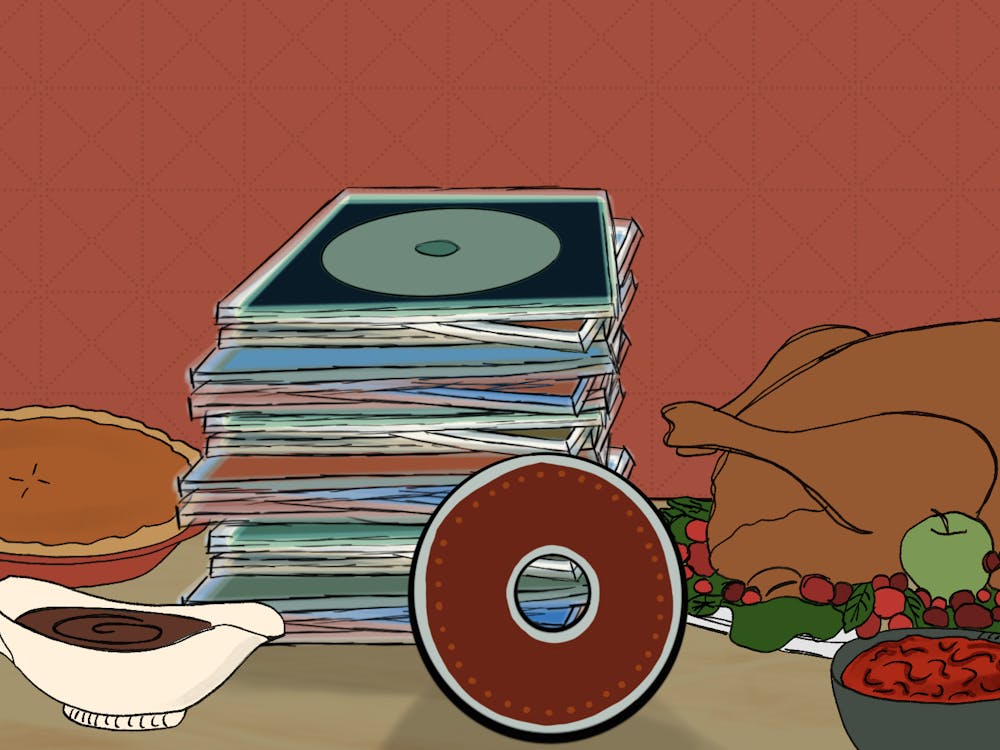Depending on where Rupi Kaur looks, she will find the good, the bad and the ugly in response to her poetry. If she looks in certain publications, she will find her work compared to Jane Austen, the Harlem Renaissance and the Bloomsbury Group. If she delves deep enough into academia, she will be told that her “Technopo(e)litics” presents “(de)Colonial AestheTics and Spatial Narrations in the DigiFemme Age.” If on the other hand, she reads Buzzfeed or The Concourse, she’ll find herself accused of plagiarism.
If she looks no further than her Instagram comments, she’ll find her poetry lauded as powerful, inspirational and jarring. Kaur’s appeal lies in this shared perspective from over a million doting readers who follow her on Instagram, bought her last book, “Milk and Honey,” and are buying her new book, “The Sun and Her Flowers” — Amazon’s number two and number one bestselling poetry books, respectively.
Poetry is a discipline in which the opinions of purists and gatekeepers will be written off while their ink still dries. Still, it bears noting that few — if any — virtues typically attributed to poetry are to be found on Kaur’s Instagram page. Her poems lack any semblance of meter or flow with haphazard line breaks, giving her lines as much flow as a Breitbart editorial. Try, for instance, to find any reason or rhyme in the line breaks for her poems such as “there is / nothing left / to worry about / the sun and her flowers are here.”
As far as figurative language goes, Kaur’s poetry reads like particularly noxious Coldplay lyrics, rarely surpassing the stage of exposition. Kaur, instead, uses and abuses her metaphors to affirm a self-congratulatory message. What does it mean, for instance, for Kaur to be, “ghost of ghosts / everywhere and nowhere / ... Magic tricks / within magic within magic / none have figured out / ... A world wrapped within worlds / folded in suns and moons”? One feels the urge to remind her that there are mysteries in the universe deeper than Kaur herself. If she wished to search for — rather than crudely dictate — the meaning in her metaphors, she would, perhaps, explore and question her perspective.
Indeed, at points she hints at this intention. Her poem, titled “to witness a miracle” takes up this enterprise — here, she asks to be the “black kohl caressing her [Kaur’s mother’s] eyelids. the flour neatly packed into her fingertips. a page in her schoolbooks.” The majority of her poems, however, are not this well workshopped and return again and again to poor metaphors and, by result, easy platitudes.
What Kaur’s poetry lacks in artistry, the common refrain goes, it makes up for in thematic content and lived experience. Indeed, as a first-generation Canadian, Punjabi-Sikh woman of color, Kaur brings a unique and important perspective to the world of poetry. But her personal experience does not absolve her of problematic themes nor does it make the 25 year poetess’ truisms profound.
Kaur romanticizes extreme dependence. She compares a romantic relationship to the relationship between the sun and a sunflower at one point, for “sunflowers worship the sun I tell him / ...When the sun leaves / they bow their heads in mourning.” Later, she claims “on the last day of love / my heart cracked inside my body.” Kaur, indeed, repeatedly expounds hackneyed universals about the human experience, saying “our struggle to / celebrate each other is / what’s proven most difficult / in being human” and that “it is a part of / the human experience to feel pain” — while still grappling to find a healthy definition of intimacy in her poetry.
The majority of her segments which aren’t devoted to self-worship, the loathing of a romantic partner or truths of the human existence read like feminist fortune cookies — a welcome addition to Chinese restaurants, but hardly suitable content for a book. Some of Kaur’s insights include “to hate / is an easy lazy thing / but to love / takes strength / everyone has / but not all are / willing to practice” and “i do not need the kind of love / that is draining / i want someone / who energizes me.”
Kaur’s poetry, in short, doesn’t meet the usual standard to which poetry is traditionally held. Though a New York Times piece notes that authenticity is, “not, historically, a requirement for poetry,” it’s a sine qua non for Kaur — her poetry is nearly artless. Her brand of self-worship resonates with a generation of consumers who often write off depth and subtlety as pretentious. Kaur’s work is primarily valuable in making poetry accessible for younger social media users. One hopes, to borrow one of Kaur’s metaphors, that her Instagram poetry is a city for her audience to collectively make a vacation out of and then move on to better poetry.







